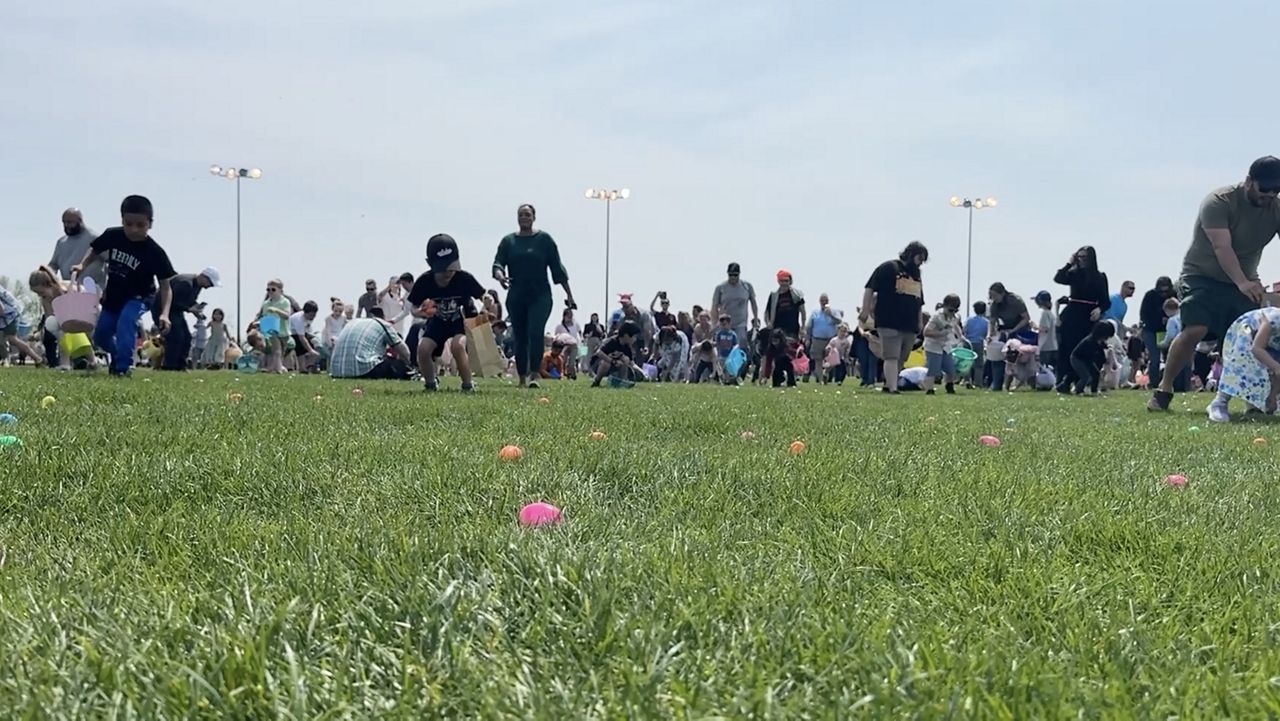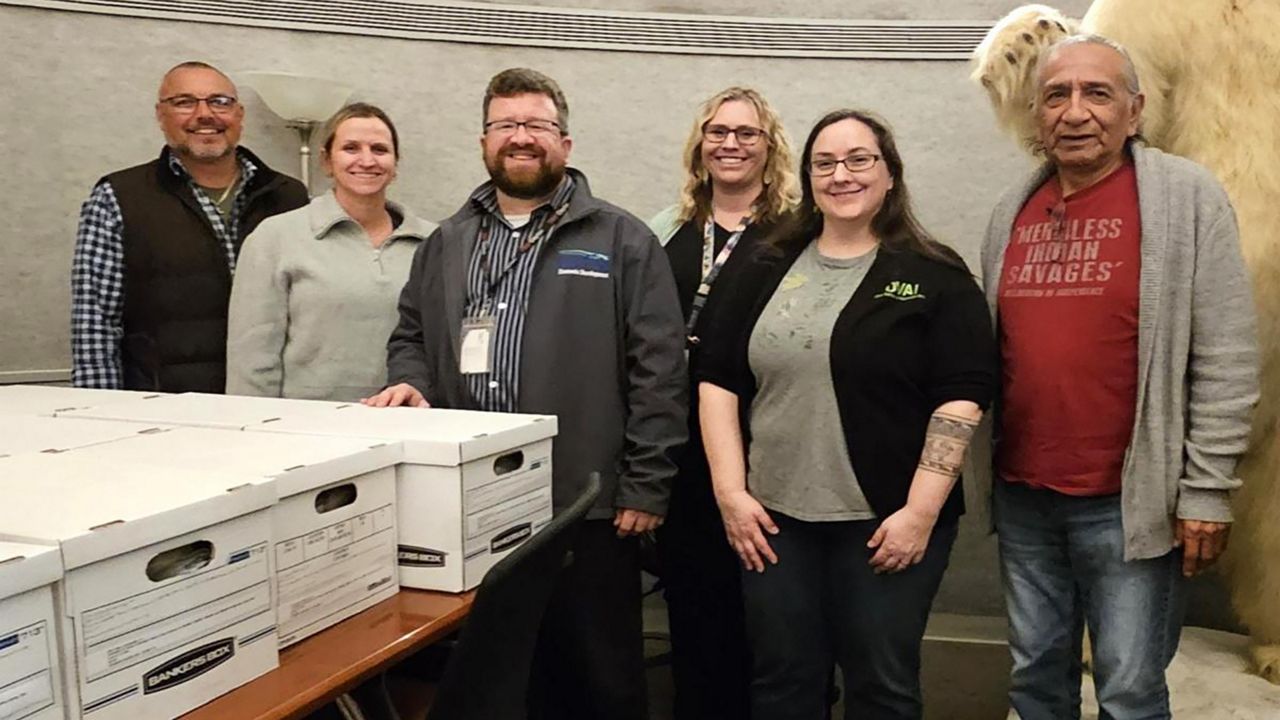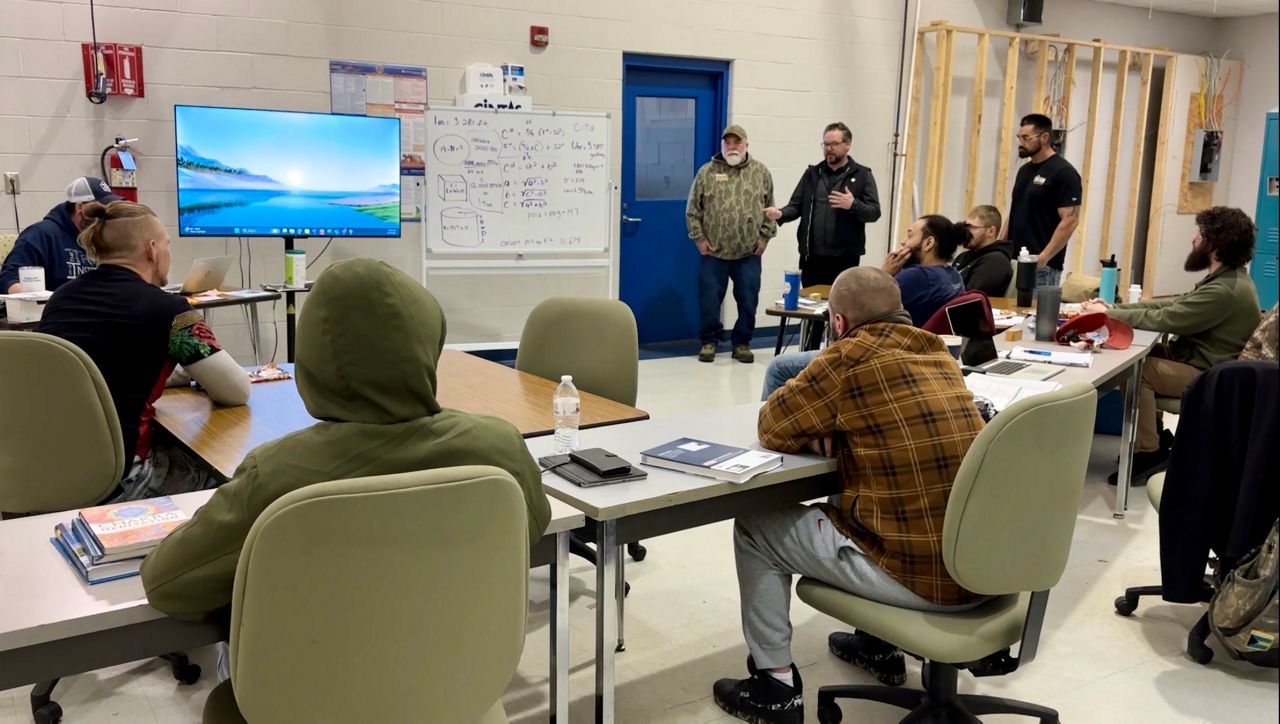DAYTON, Ohio — An annual survey given to Dayton residents about city services shows higher satisfaction among neighborhoods.
The 2024 Dayton Survey asked residents to review city services, and the city uses the results to find areas of improvement.
For the most part, the survey showed a majority of residents (60%) are satisfied with living in Dayton. Less than 15% said they are dissatisified, which is the lowest dissatisfaction level in the past seven years, according to the city. Satisifaction was higher among downtown and East Dayton residents.
More than 70% also express high satisfaction for the fire and emergency medical services, with response times being positively rated in Dayton's western neighborhoods and among residents over 50.
Resident satisfaction also rose to 73% in 2024 with water and wastewater services, according to the survey.
However, there are areas to improve.
When it came to affordability of housing options, 32% said they were either satisfied or dissatisfied. Another 36% of respondents responded with uncertainty or no opinion on the topic.
Additionally, just 24% of residents expressed satisfaction with the quality of enforcement of city codes and ordinances.
While nearly half of the respondents said they're happy with Dayton police's response times to neighborhood needs, some residents in northern neighborhoods — which include people with an income of less than $25,000 and residents under the age of 65 — disagreed.
Overall, the most important issues to residents in the survey were crime/safety, housing conditions (abandoned homes/blight), drug use and gun violence.
The city said the survey was conducted by the surveying and public opinion firm ETC Institute. The survey was distributed to homes in Sept. 2024, and responses were collected through November. Nearly 13,000 packets were mailed to randomly selected households, and there were 1,312 completed responses.
The full survey results can be found here.











